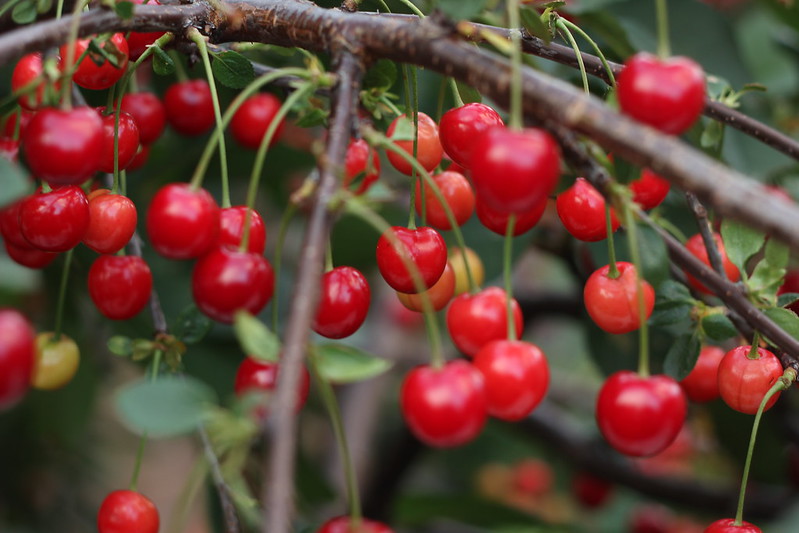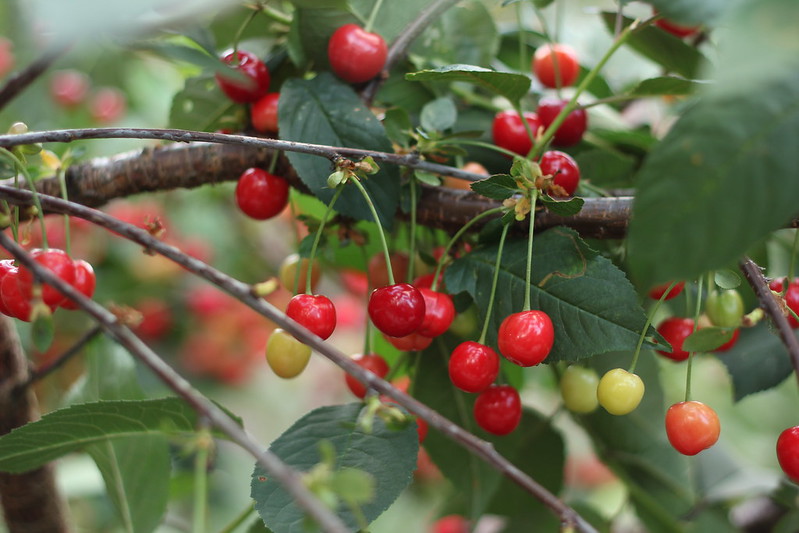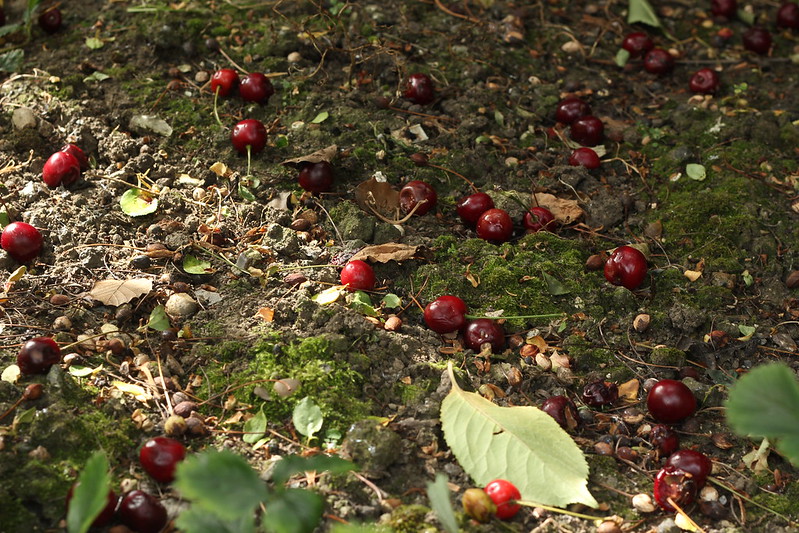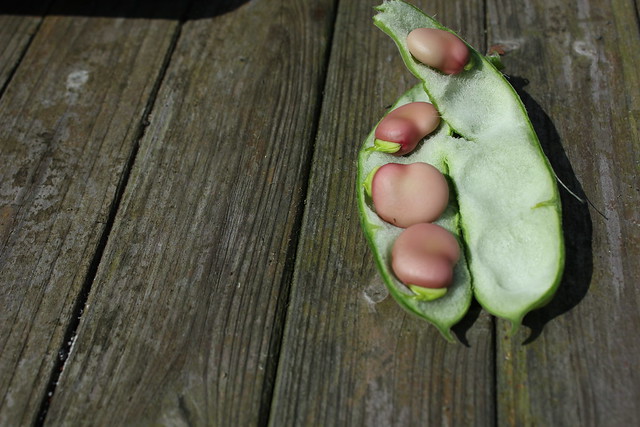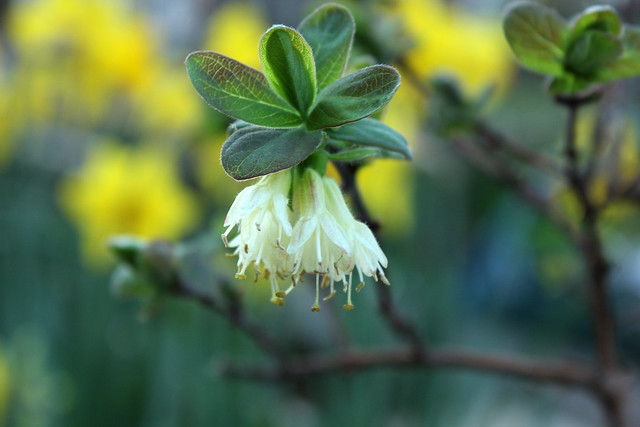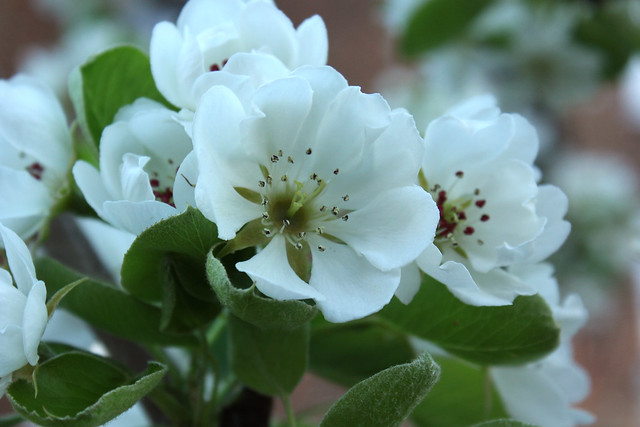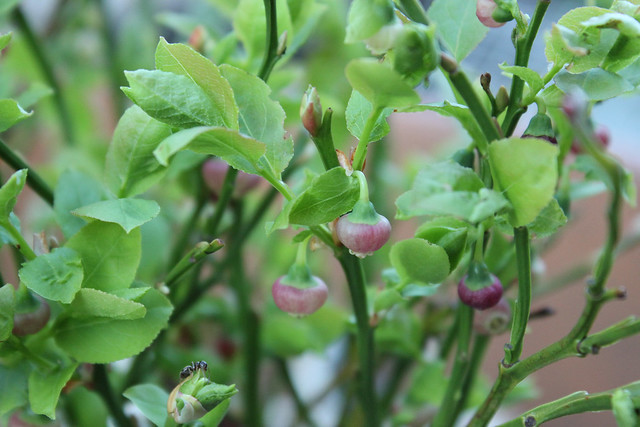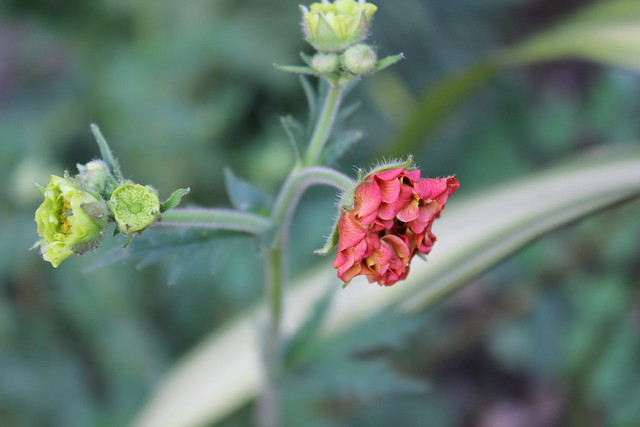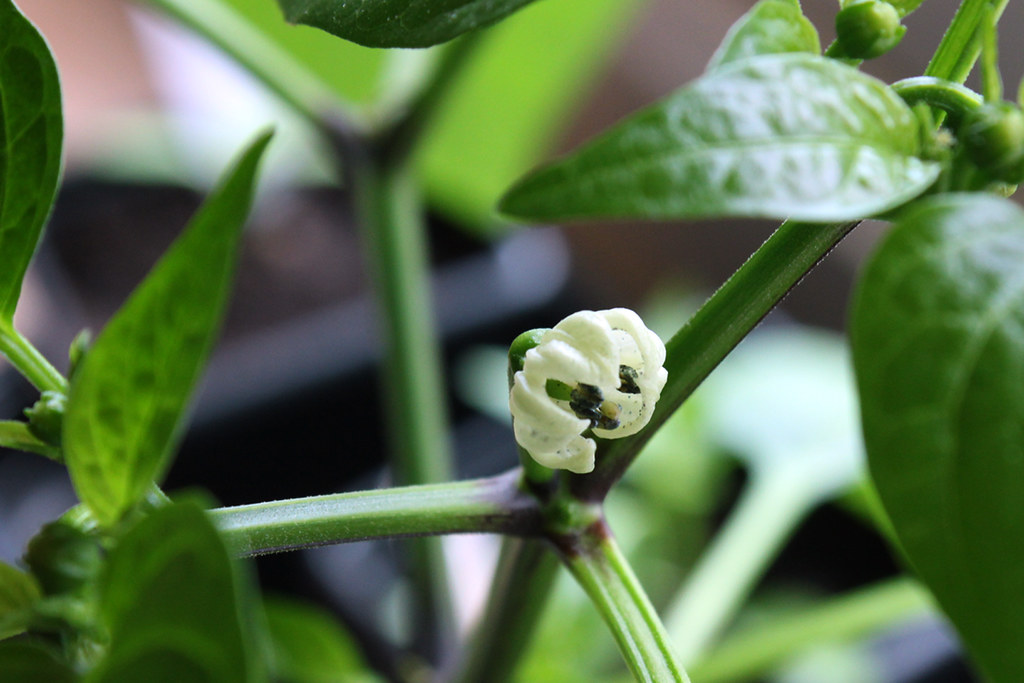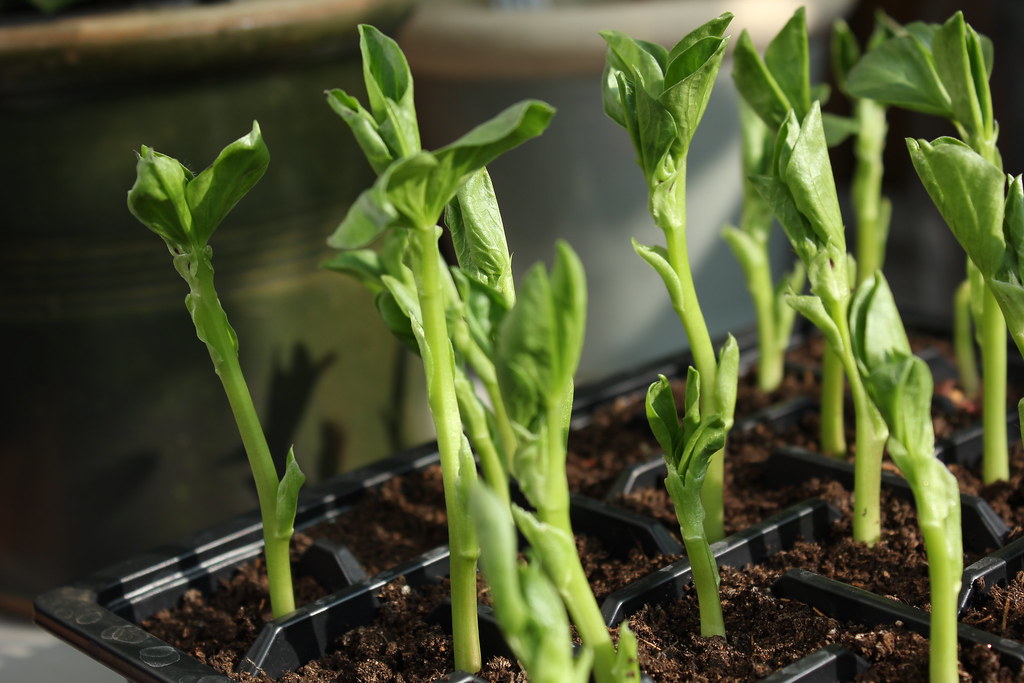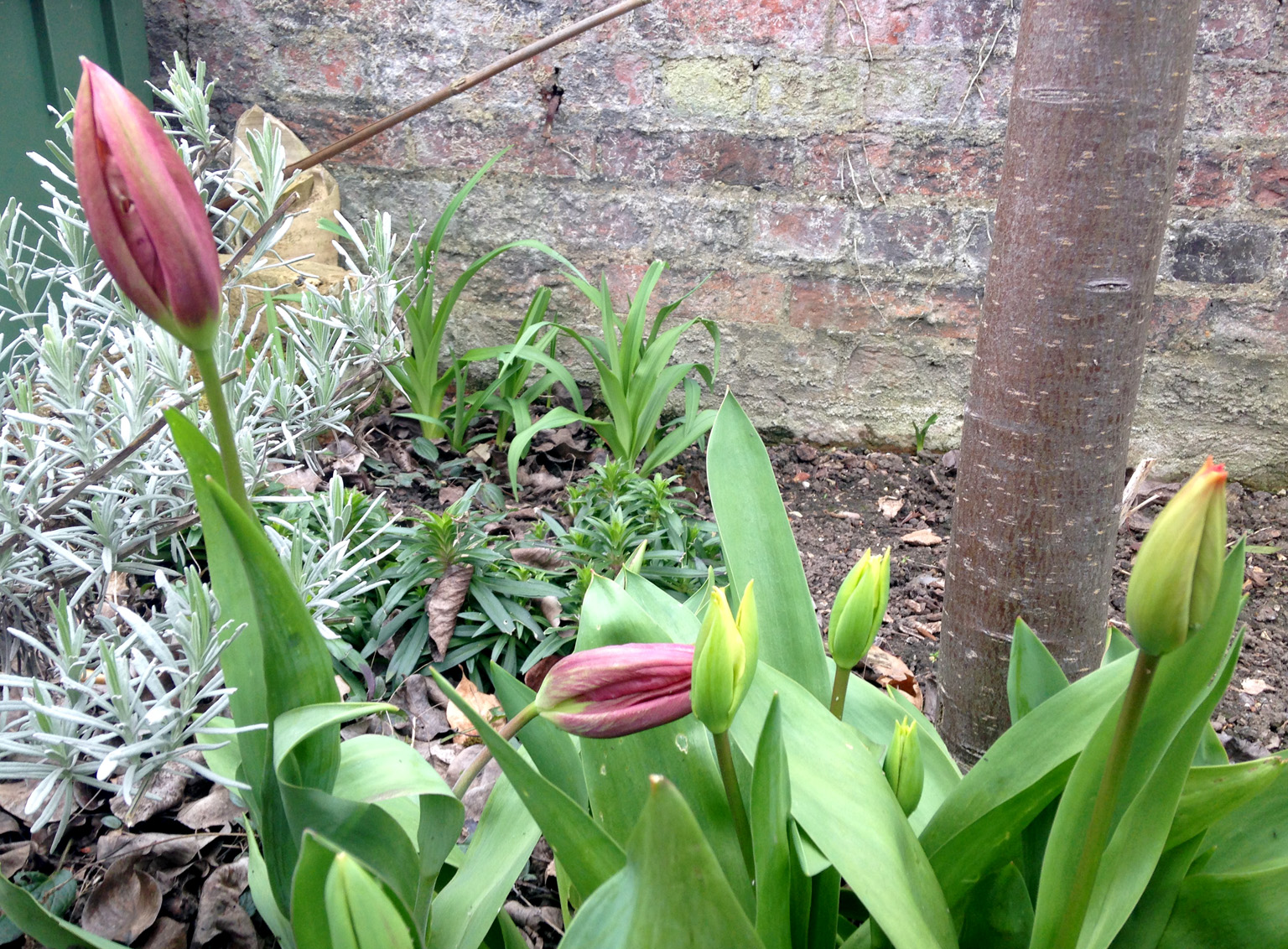Is it summer - or have I missed it? The school holidays, which will always equate with summer in my mind, have just begun and yet it feels as though the garden is almost at its autumn crescendo. Flowers are starting to fade and yet veg (beans, courgettes, broccoli, beetroot) are just getting going - admittedly, that one is down to me sowing late. I have only a few precious hours each week to spend in my garden and the roller coaster weather has not been conducive to gardening when time allows.
However, last Monday I found myself with an unexpected day off, a day to myself that I immediately earmarked for gardening. It was the best possible way to start the week - I wish every week could be like that! With one eye on the weather (rain forecast for mid-afternoon), I had firm intentions of potting up some seedlings and planting out a few pots intended to fill gaps left by summer plants having done their thing.
At least that was the original plan. As soon as I got into the garden I noticed plants needing deadheading (geums, calendula, leucanthemum, centaurea, sweet peas), plants needing bringing under control (nasturtiums, oregano, horseradish) and plants needing tying in (asparagus ferns, more calendula, scabious). This is the garden tidying that I usually do in early September, if memory serves. The overall look of the garden is currently at the forefront of my thoughts as I rashly entered into Camden in Bloom again a couple of weeks ago. There was one evening when the garden was looking awesomely lovely and I rushed to get an application form in. Naturally, it's all gone to pot since. There's no news yet as to who might have been shortlisted but, if I get through again, I'm considering telling the panel not to bother coming over.
 |
| ~ the garden looking quite spanking a few weeks ago, ie before my Camden in Bloom application ~ |
As I was on a roll with my garden tidying, I also had a go at the raspberries. So far, it's not looking like a brilliant year for raspberries (historically, I pick regularly from early July, even though they're autumn raspberries) so I decided to cut out the weak spindly stems, water and mulch. Leaves on some canes were yellowing - possibly inter-veinal chlorosis (a sign of magnesium deficiency in older leaves) or possibly due to the soil having become baked dry (clay soil) or even lack of water in this stop/start summer we're having. I'd read that raspberries like a slightly acid soil and I had a bag of Dalefoot Ericaceous Compost in reserve so plonked a bit of that around the canes and let the forecast rain water it in.
It's incredible how much can be achieved with a deadline (rain showers) looming. In the end, though, I didn't get any planting out done but managed to get a several bags of green waste to the recycling centre before the rain started and afterwards returned to send a host of snails flying over the railway fence as they celebrated the damp weather by making a beeline for my plants. All in all a very satisfying day.
And, for the record, here's where I'm at with the food growing in early August:
There's also achocha, chard, broccoli, radishes, baby kales and, hopefully at some point soon, tomatoes and spinach.
The weather's cheered up slightly since Tuesday's downpours so, in hindsight, maybe this summer isn't so bad after all! How's everyone else feel about this summer? Just about on target or lagging behind? Things seem to be different all over the country!



